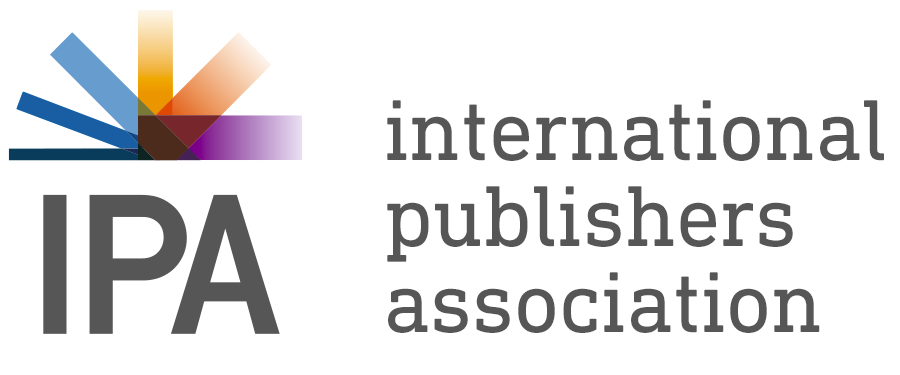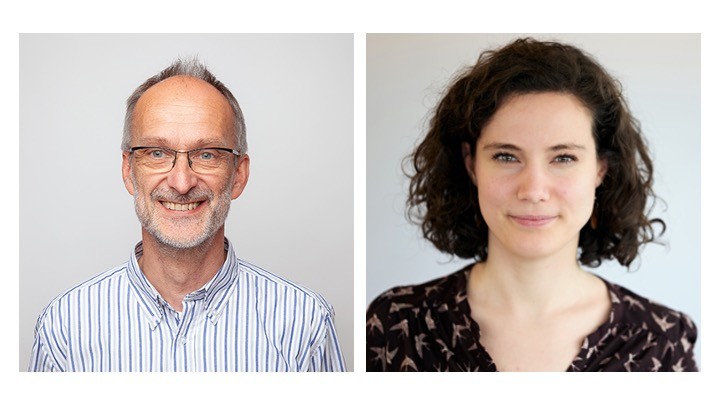Hugo Setzer (HS): What are Dutch publishers doing to improve the accessibility of their digital products?
Paul Gillijns (PG): We are doing quite a lot and have been for some 5 years now. Our main focus now is a program we call TBUB-2 which is delivering training through a series of modules to 100 publishers, including both trade and educational publishers, to help them get ready for the implementation of the European Accessibility Act in 2025.
HS: Could you give us some of the background to your accessibility journey. Where did it all start? What was your main motivation for organizing such a program?
Sanne Walraven (SW): Sure, we actually started back in 2016 as part of raising the awareness of our members about the Marrakesh Treaty. That was TBUB-1 and we wanted to use the momentum generated by that program, and the very clear motivation of those publishers involved, to help more publishers create born digital products.
HS: What are the goals of the program?
PG: As Sanne mentions, the goal of this program is to accompany the publishers in our associations wherever they are in their accessibility journey, from raising their awareness to actually teaching them how to build accessibility into their workflows. There are 4 modules with some of those split between accessibility for the web and accessibility for e-books. Among our publishers 2/3 are general publishers and 1/3 are educational publishers. It can take two years for an educational publishers to prepare the materials for a news release, with a lot of web based content now available, so those publishers in particular needed to start working now to be ready for 2025.
HS: Are other organizations involved?
SW: Alongside the Educational Publishers Association and the General Publishers Association this project includes a number of Netherlands-based associations: Dedicon (producer of alternative reading formats including EPUB3, expert on accessible information), Vereniging Onbeperkt Lezen (VOL – an association promoting reading with no limitations), Oogvereniging (interest group for visually impaired people) and Vivis (an association that supports people with visual impairments). Both publishers associations have contributed funding as has VOL. We are also grateful for the financial support of the Fonds XL (which promotes reading among visually impaired people) and the Ministry of Education, Culture and Science.
HS: Why do you think this is important for publishers?
PG: There are 3 distinct reasons why this is important for publishers. The first is the legal imperative. Publishers need to be ready for 2025 and the European Accessibility Act. Secondly is the business case. Publishers should make their products available to as many readers and customers as possible and accessible products are often better products for all readers. Finally there is the simple moral case, this is the right thing to do, and publishers definitely recognize that.
HS: Which were the main hurdles to overcome?
PG: There are publishers of all shapes and sizes and designing this program to be able to support that range was important for us. For example some smaller publishers outsource their design work so, if they only work with one supplier, we made it possible for them to attend the modules with that supplier – and many took up that offer.
HS: What are the next steps?
SW: The modules will continue until December 2022. We are producing quick start guides as reference documents, creating a publicly available knowledge base and then looking at interacting with a European project called SIDPT to create a learning platform – Inclusive Publishing in Practice.
HS: Do you have any advice for other publishers or publishers associations?
PG: I think publishers need to embrace accessibility and if they are unsure about where to start, talk to their publisher associations and try to identify training. We are certainly very happy to make an open offer to publishers associations reading this to support you in adapting what we have done to your market. Please contact IPA if you are interested.

